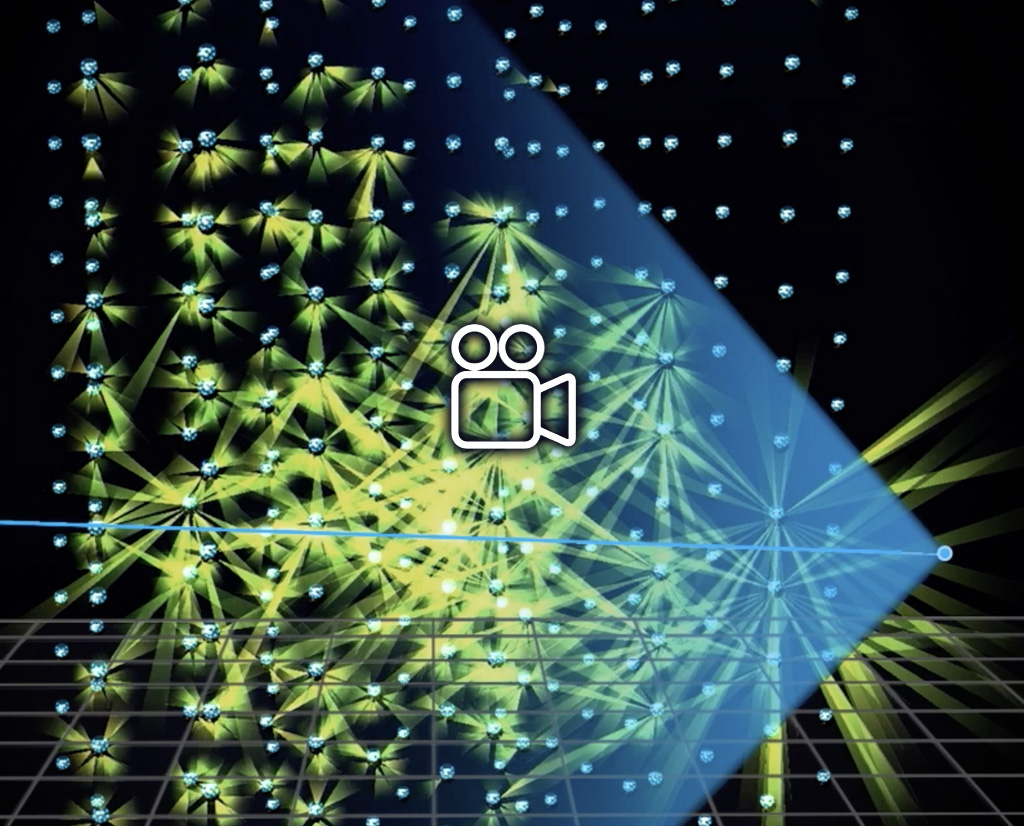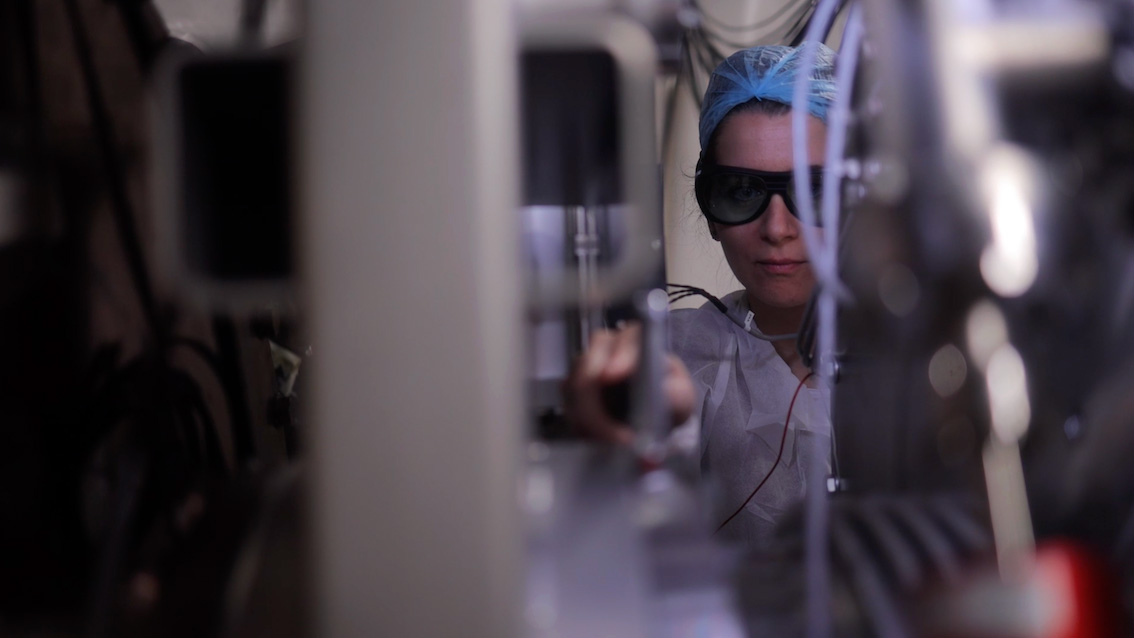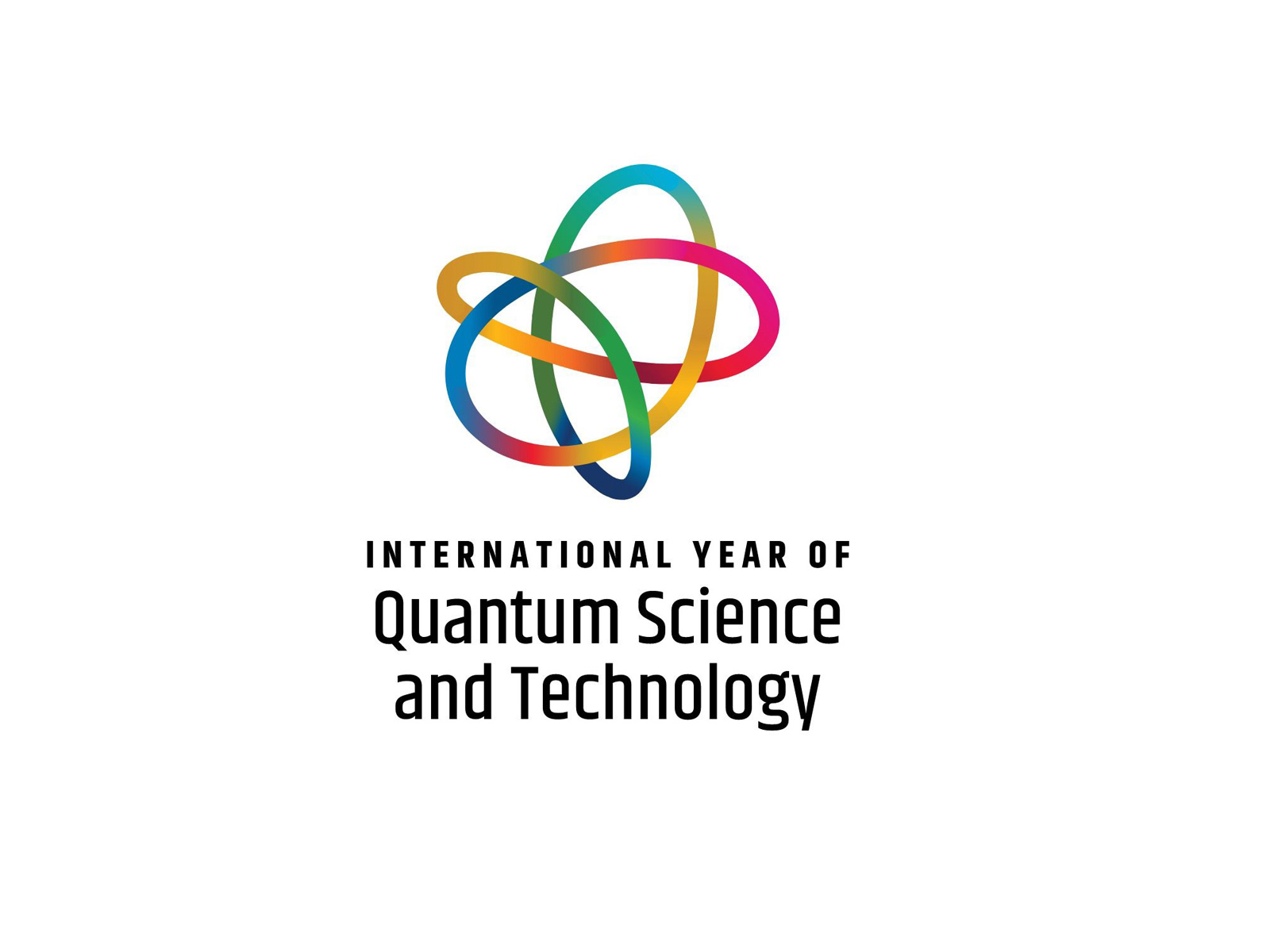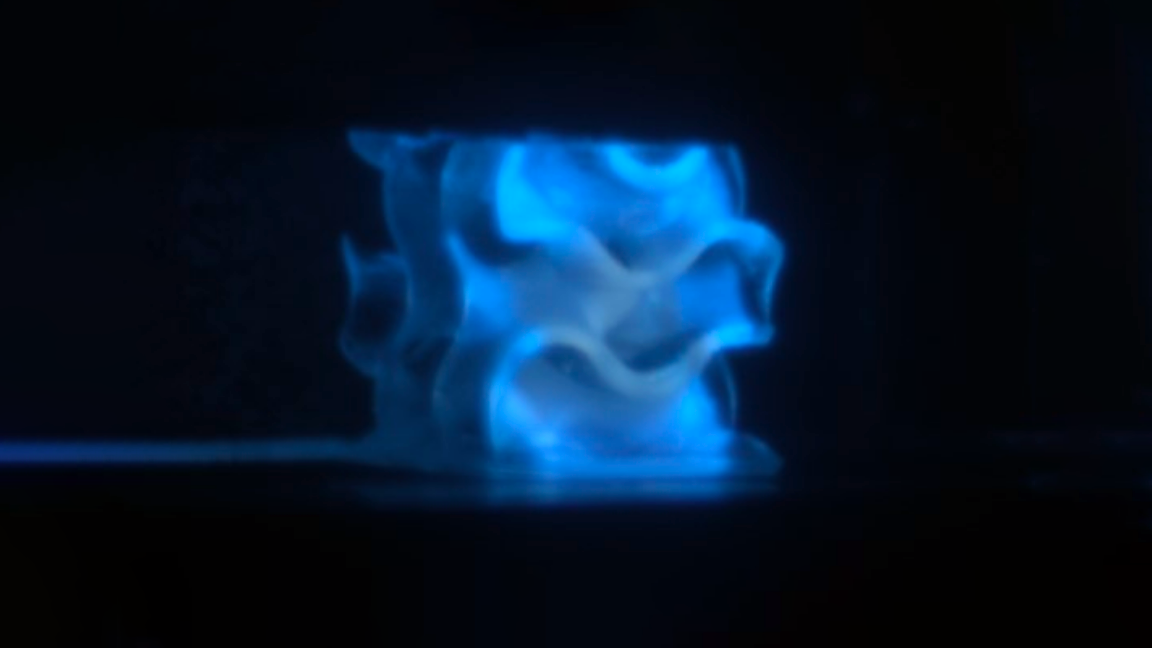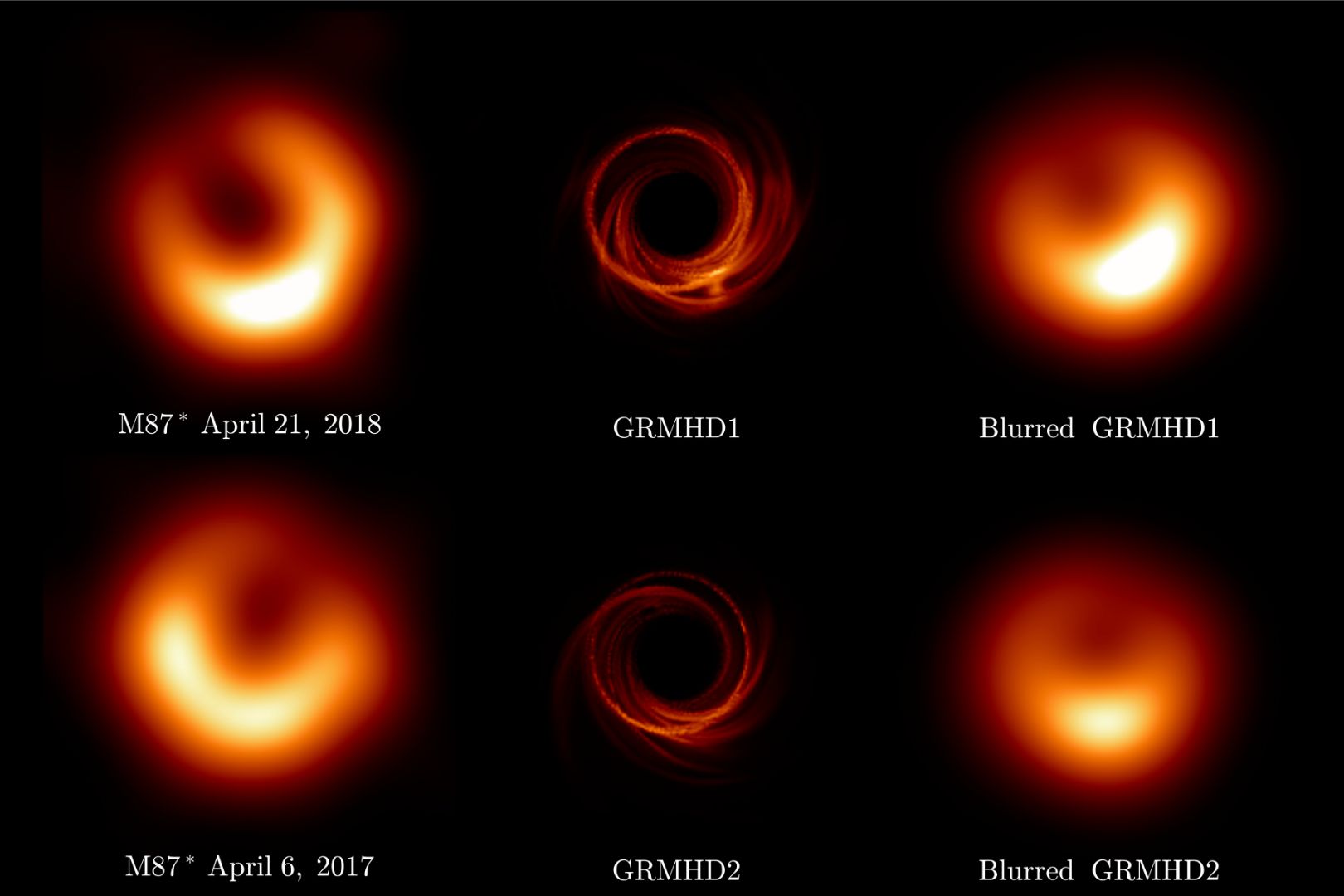uclid, the ESA, European Space Agency, space mission in which INFN, together with ASI, Italian Space Agency, and INAF, National Institute for Astrophysics, are participating for Italy, has revealed the first details of the large atlas of the universe it is compiling thanks to its spectacular observations.
This first fragment of the cosmic map, a huge 208-gigapixel mosaic, already shows approximately100 million astrophysical sources: from stars in our own Milky Way to galaxies tens, hundreds and thousands of millions of light-years away. Approximately 14 millions of these galaxies will be used by Euclid to study the hidden influence of dark matter and dark energy on the universe.
The extraordinary new images were presented today, 15 October, at the International Astronautical Congress in Milan by ESA director general Josef Aschbacher and scientific director Carole Mundell.
The mosaic consists of 260 observations made between 25 March and 8 April 2024. In just two weeks, Euclid covered 132 square degrees of the Southern Sky, more than 500 times the area of the full Moon, managing to capture an incredible number of objects in great detail. By enlarging the mosaic very deeply, it is indeed possible to clearly see the intricate structure of a spiral galaxy. In addition, a special feature visible in the mosaic are the faint clouds between the stars in our galaxy, also called “galactic cirrus”, which appear in light blue against the black background of space and consist of a mix of gas and dust. Euclid is able to see these clouds with its super-sensitive visible light camera because they reflect optical light from the Milky Way. The clouds also shine in infrared and microwave light, as seen by ESA’s Herschel and Planck missions.
This mosaic represents just 1% of the extensive survey that Euclid will conduct over the next six years, during which it will observe shapes, distances and motions of billions of galaxies up to 10 billion light-years from us. Euclid will thus create the largest 3D cosmic map ever made. The mosaic released today is, therefore, only a preview of what will come from the mission. The next partial release of data, 53 square degrees, is scheduled for March 2025, while the first year of cosmological data from the mission will be released in 2026.

